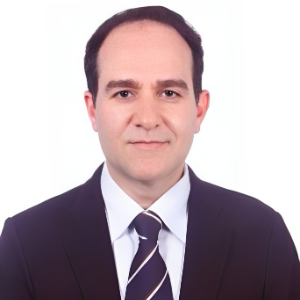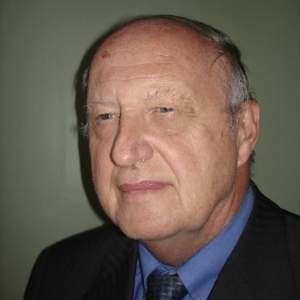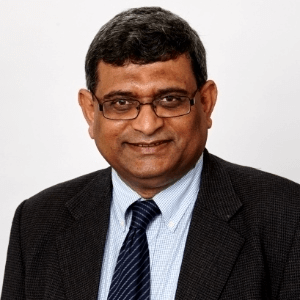The bottom-up and top-down approaches are two different approaches used in problem solving, decision-making, and systems analysis. The bottom-up approach begins with the details of a problem, breaking it down into smaller parts and then building up to a solution. The top-down approach begins with a big-picture view of the problem and works its way down to the details. The bottom-up approach is often used in a variety of ways, such as breaking down a complex problem into smaller parts that can be more easily solved, or breaking down a process into smaller steps that can be executed. It is often used in engineering, where a complex system is built from the ground up, starting with the individual parts and then assembling them into a complete system. The top-down approach is often used in business and management. It involves starting with an overall goal and then breaking it down into smaller goals, objectives, and tasks. This approach is often used in planning and decision-making, as it allows the manager to think through the entire process and understand how each step contributes to the overall goal. Both approaches have advantages and disadvantages. The bottom-up approach is great for breaking down complex problems and creating solutions from the ground up, but it can be time-consuming and difficult to manage. The top-down approach is great for planning and decision-making, but it can be difficult to break down complex problems into smaller parts. Ultimately, the best approach to use depends on the problem or task at hand.

Thomas J Webster
Hebei University of Technology, United States
Hossein Hosseinkhani
Innovation Center for Advanced Technology, Matrix, Inc., United States
Hai Feng Ji
Drexel University, United States
Paulo Cesar De Morais
Catholic University of Brasilia, Brazil
Azzedine Bensalem
Long Island University, United States
Robert Buenker
Wuppertal University, Germany
Rafal Kozubski
Jagiellonian University in Krakow, Poland
Sylwia Wcislik
Kielce University of Technology, Poland
Raman Singh
Monash University-Clayton Campus, Australia


Title : Circumventing challenges in developing CVD graphene coating on mild steel: A disruptive approach to remarkable/durable corrosion resistance
Raman Singh, Monash University-Clayton Campus, Australia
Title : Highlighting recent advancements in electromagnetic field subwavelength tailoring using nanoparticle resonant light scattering and related topics
Michael I Tribelsky, Moscow State University, Russian Federation
Title : The impact of nanomedicine: 30,000 orthopedic nano implants with no failures and still counting
Thomas J Webster, Hebei University of Technology, United States
Title : Logistic-modified mathematical model for tumor growth treated with nanosized cargo delivery system
Paulo Cesar De Morais, Catholic University of Brasilia, Brazil
Title : Current and future of red and black phosphorus nanomaterials
Hai Feng Ji, Drexel University, United States
Title : Azodye photoaligned nanolayers for liquid crystal: New trends
Vladimir G Chigrinov, Hong Kong University of Science and Technology, Hong Kong
Title : Atomistic simulation of chemical ordering phenomena in nanostructured intermetallics
Rafal Kozubski, Jagiellonian University in Krakow, Poland
Title : The enhanced cytotoxic effect of curcumin on leukemic stem cells via CD123-targeted nanoparticles
Wariya Nirachonkul, Chiang Mai University, Thailand
Title : Efficiency of nanoparticles (Micromage-B) in the complex treatment of multiple sclerosis
Andrey Belousov, Kharkiv National Medical University, Ukraine
Title : Innovative method of nanotechnology application in the complex treatment of multiple sclerosis
Andrey Belousov, Kharkiv National Medical University, Ukraine